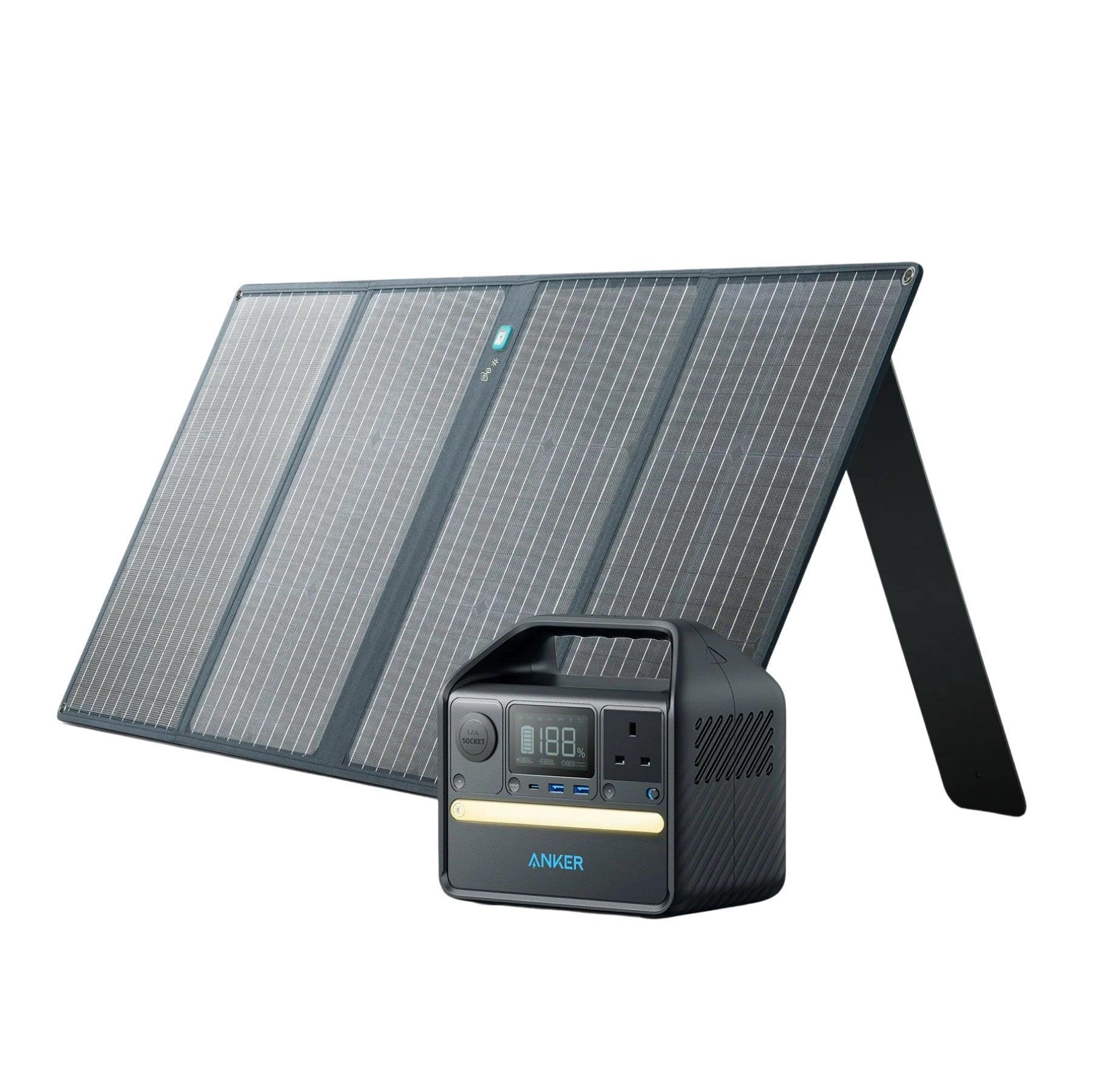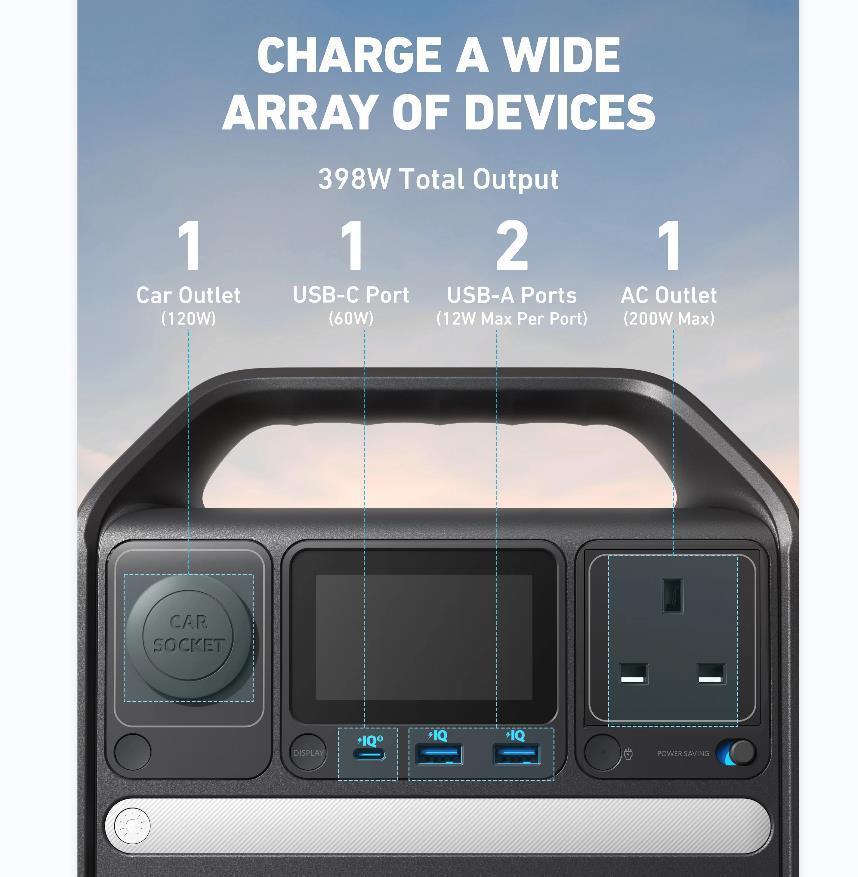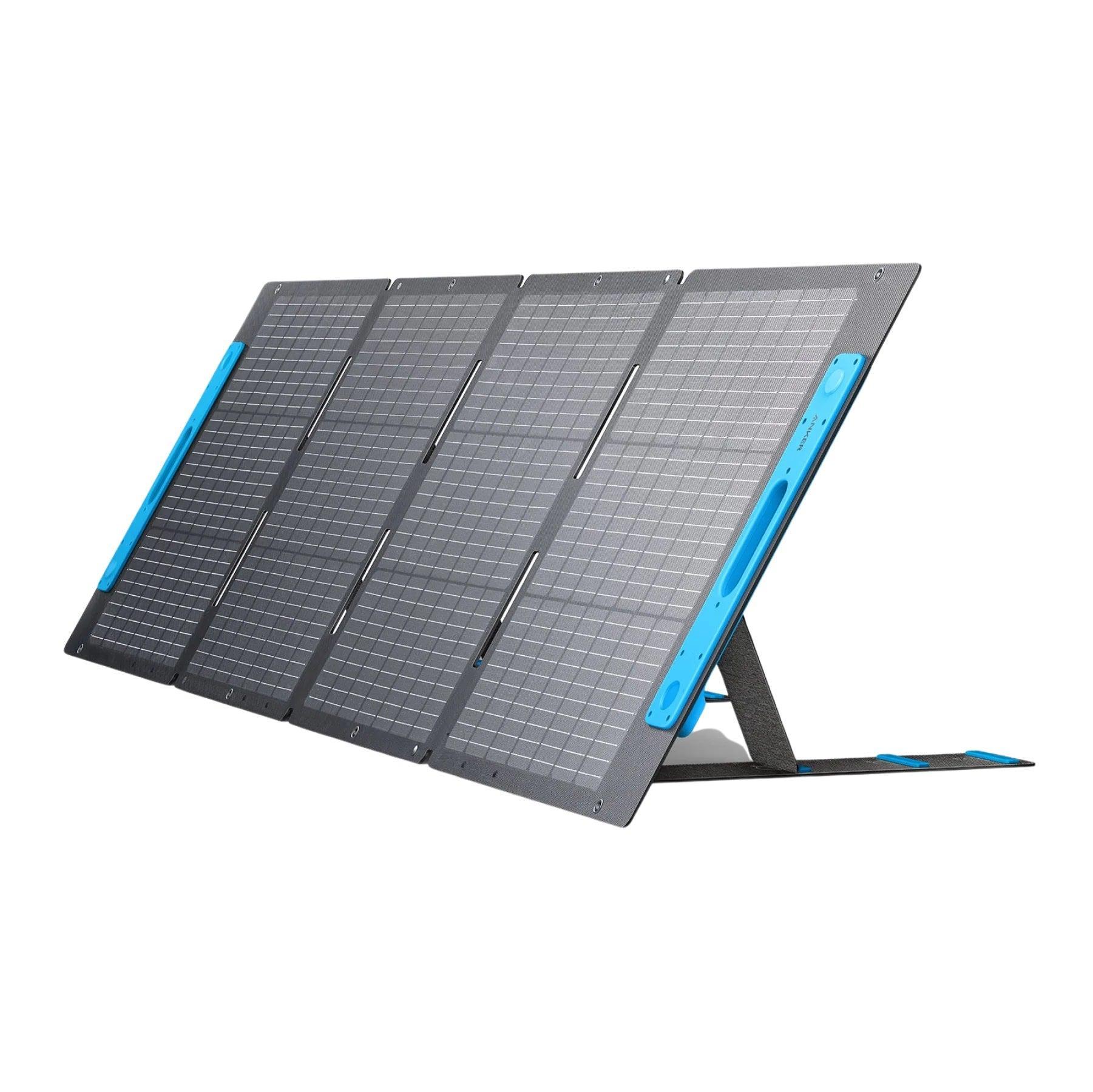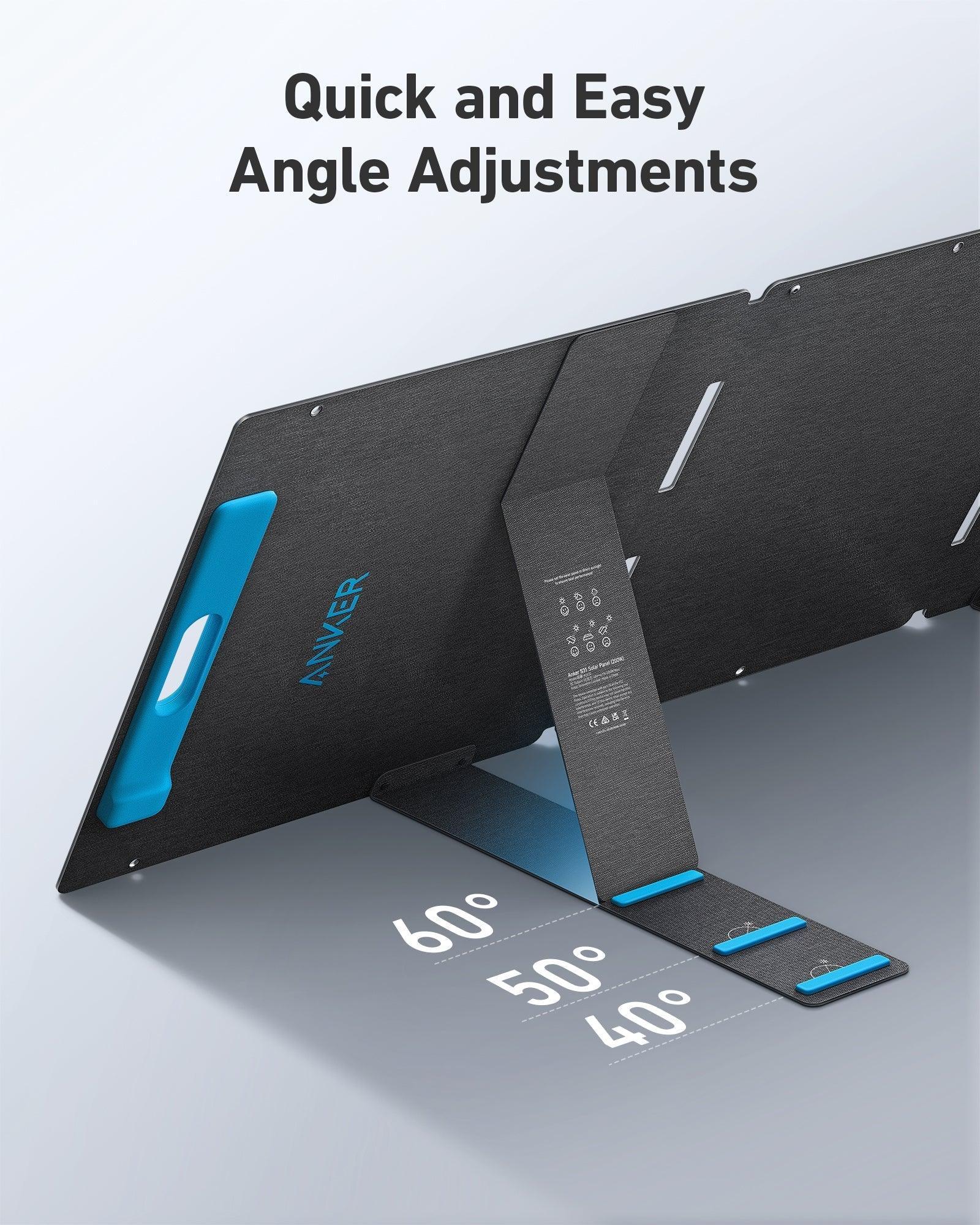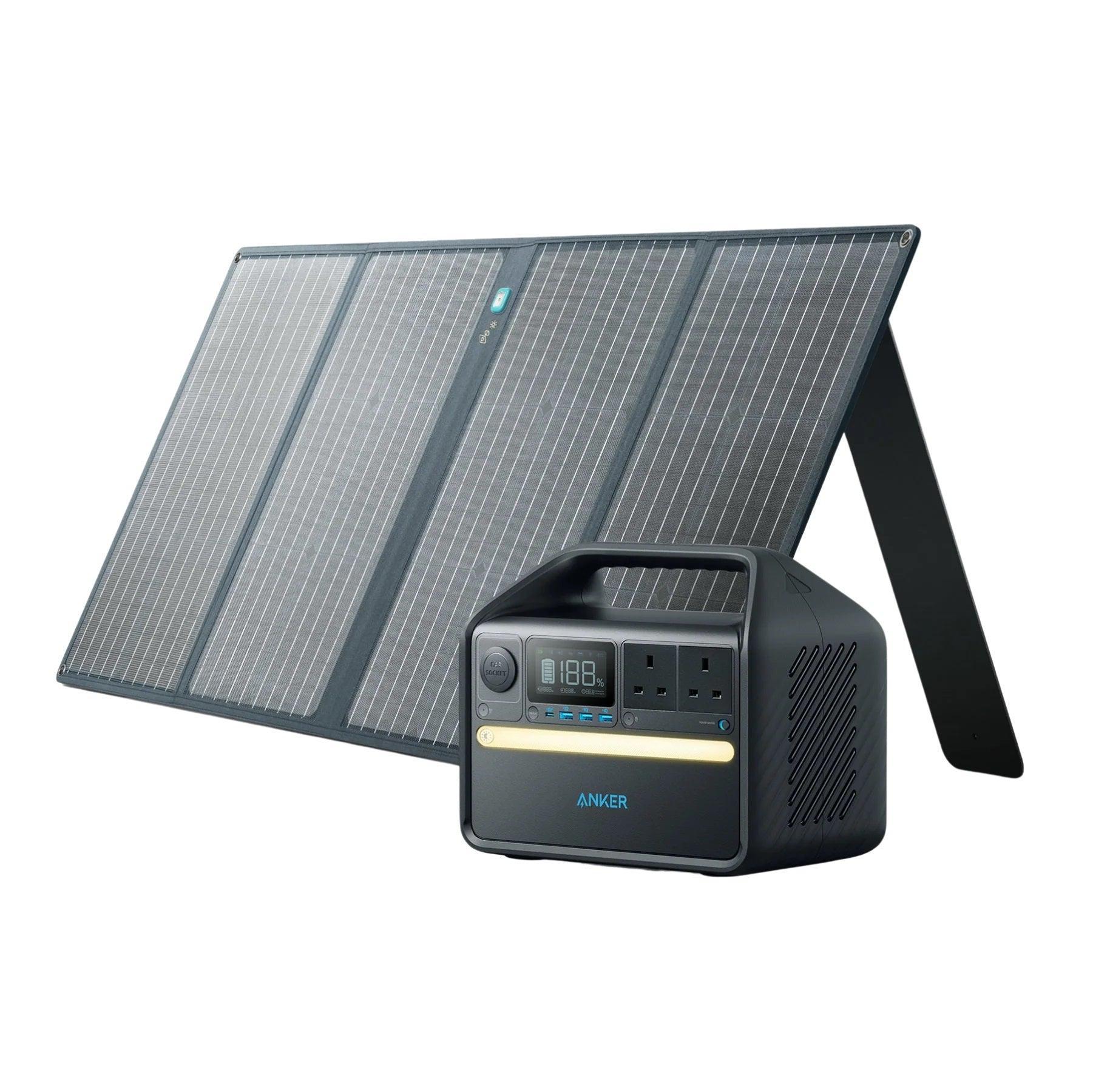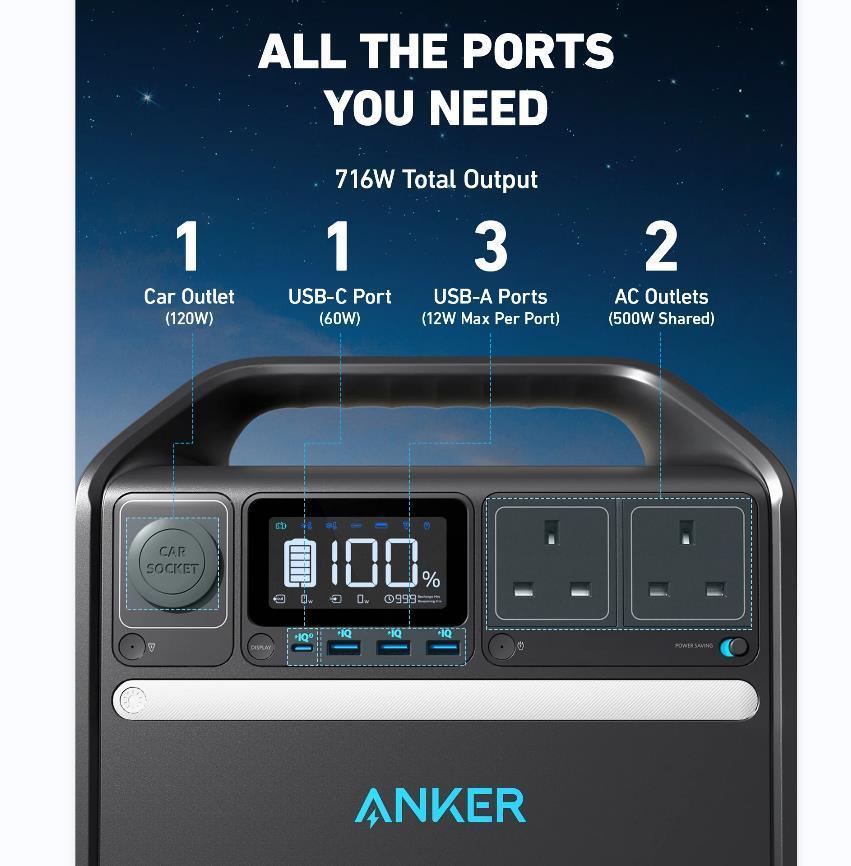"How do solar panels work" has become a question that is frequently asked due to their increasing popularity rate. After the first solar panel was invented by Charles Fritts in 1883, the shape and ease of use of solar panels have changed a lot, but the principle of their operation is similar.
In short, solar panels absorb solar energy, Photovoltaic Effect occurs and the panels convert the energy to direct current that can be used by home appliances. And here in this post, I am going to explain how solar panels work to generate electricity for home appliances in detail and introduce the types of solar panels that have been used nowadays.

An Overview of Solar Panels
Solar Panels (also known as photovoltaic cells), refer to a device used to absorb solar radiation. Its main function is to convert solar energy into electrical energy or electricity through photoelectric or photochemical effects. Unlike ordinary batteries, solar panels are not used to store energy, and their purpose is to convert and generate usable electricity from natural sunlight. Therefore, solar panels are generally regarded as more energy-saving as well as environmentally friendly, which are widely used in our lives today as a way to protect the earth.
The Science Behind Solar Panels
So, how does solar energy work on a solar panel exactly?
Solar panels have semiconductor photodiodes embedded inside, which is the most essential factor that makes it possible to generate electricity from solar energy. When the sunlight shines onto the solar panels, the built-in semiconductor photodiodes will absorb it to create energy by means of the Photovoltaic Effect, thus generating electricity. When you integrate such solar panels with energy systems and are applied in your home or electronic devices, they just work like a battery with relatively large output power.
Types of Solar Panels
Solar panels are widely used in daily life today, but you may not know that there are 4 main types of them, namely, monocrystalline, polycrystalline, thin-film solar, and PERC panels. Keep reading and you will learn more details.

Monocrystalline Solar Panel
This type of solar panel is mainly made of a single pure silicon, which makes it easier to absorb sunlight radiation with the smallest sizes, making it the most efficient as well as the longest lasting. However, one monocrystalline panel needs a lot of silicon to produce and nearly 50% of waste might be produced during manufacturing, which makes it the most expensive solar panel among the 4 types.
Polycrystalline Solar Panel
Unlike the monocrystalline panel which applies only one single pure silicon, polycrystalline solar panel is created from multiple types of silicon crystals. To melt them into one single panel, it has to use a square mole to process. Unexpectedly, these would lead to the fact that they would provide lower efficiency in solar energy conversion. Meanwhile, the polycrystalline solar panel is harder to preserve (for both its larger size and lower heat tolerance).
Thin-Film Solar Panel
The most superior characteristic of the thin-film solar panel should be its thin layer of high flexibility, making it quite easy to install, and you are able to define its sizes under different situations. However, this benefit would lead to one of its downsides - the solar energy creation efficiency would be lower than the traditional solar panels made from silicon. Hence, only for some specific demands, thin-film solar panels would be less effective.

Passivated Emitter and Rear Cell (PERC) Panel
The PERC panel is an enhanced version of the traditional monocrystalline solar panel, which adds passivation later on one of the surfaces of the panel to improve sunlight absorption as well as conversion efficiency. With a comparatively smaller size, PERC panels can reflect the losing solar ration back to the panel again, and even absorb the light of greater wavelengths. This design increases the overall light absorption capacity of the panel and improves efficiency. When you desire to collect much solar energy within a limited space, a PERC panel can be a really ideal pick.
How Do Solar Panels Work to Convert Solar Energy into Electricity (Step by Step)
Till now, you’ve known about the background knowledge of solar panels. Let's step closer to grasping how is solar energy converted into electricity and power our lives:

Step 1. Absorb Photons
To get ready to convert solar energy into electricity, you need to place the solar panels in places where the sunlight can reach. When the sun shines on them, solar panels will absorb photons, which can be a raw material for creating electricity.
Step 2. Photovoltaic Effect Occurs
Once the photons reach solar panels, the Photovoltaic Effect will occur - the panels will perform to break atoms into electronic, enabling them to run between cell layers. Such flows create the electronic current.
Step 3. Convert DC to AC
Once the electronic current is created, it actually generates DC (Direct Current) power. Now, solar panels will keep performing to convert DC to AC (Alternating Current, which is useable electricity) using an inverter. The inverter converts the DC electricity from the solar panels into AC electricity, making it compatible with the electrical grid or household appliances.

Step 4. Deal with Excess Energy
When the solar panels are also connected to a power grid, the excess energy will also be fed back into the grid or stored in batteries. According to some regions' regulations, if you return excess energy back to the power grid, you will be awarded extra credits. This enables you to save much expense in running solar panels to create energy and power your home.
Conclusion
After reading the entire article, you must have the answer to how solar panels work, as well as common types of solar panels. Due to their benefits to the environment as well as personal savings, solar panels will surely be used in a wider range in the near future.
[ddshopfaq-59494]

